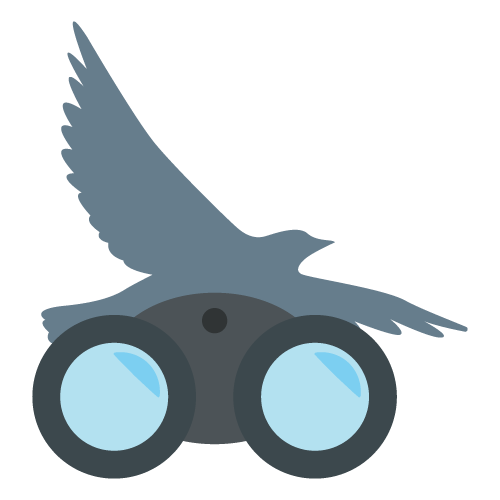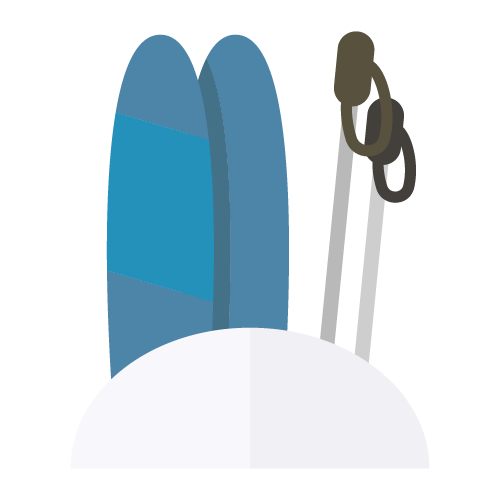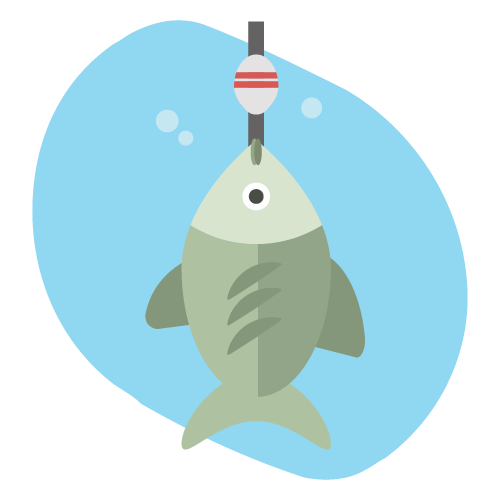Summer Recreation Alert
Oregon’s busiest season for tourism, recreation and visitation is here. Popular sites may be busy, full or difficult to access. Know before you go, have back up plans and come prepared. Contact land management agencies and recreation providers for more specific information.
Recreation Impacts
Oregon’s Recreation Site Status Map - Know Before You Go
Open Reduced Services Closed
The 2020 fire season had devastating impacts on our natural resources that support outdoor recreation opportunities. Right now, state and federal land management agencies are working to assess the on-the-ground impacts from fire to recreation. We are in the early stages of making plans on how to help communities recover, and ways for Oregonians to reconnect with their favorite places when it is safe to do so. For now, we need your help by continuing to recreate responsibly by respecting closures, which are there both for the safety of the public and to protect resources.
Recovery. Recovery efforts focus on repairing and rebuilding damaged and lost infrastructure, restoring ecosystems, and supporting economic recovery of local business and affected communities. Right now, many public lands that burned in 2020 are still closed to public access. This is necessary to protect natural and cultural resources, as well as to protect the public, staff, and first responders.
Reconnection. For areas that were damaged by the fires and have since reopened, visitors should expect a changed experience out on the landscape. This could include hard-to-navigate stands of burned trees or eroded slopes that lack signage or missing sections of trail.
Plan ahead to ensure the area you want to go to is open. Play it safe by choosing activities that are within your comfort zone. As fire damaged areas reopen, they may have unmarked hazards and may be more challenging in rescue situations. Lastly, please be patient - recovery will take a long time. Keep an eye open for opportunities to volunteer on stewardship projects in recovering areas.
Resilience. Wildfires are a natural occurrence on the landscape, but natural areas impacted by the 2020 wildfires may take decades to recover due to severity and size. Agency partners are assessing the impacts and integrating long-term resilience into the recovery efforts.
Reimagining. We’ll have the opportunity to reimagine the connections between communities and their public lands and waterways in the months, weeks, and years to come. Some places may not come back exactly the way they were - either because rebuilding is not possible, or we can envision something better.
- Oregon Department of Forestry
- Oregon Parks and Recreation
- Oregon Department of Fish and Wildlife
- U.S. Bureau of Land Management
- U.S. Forest Service
- U.S. Army Corps of Engineers


